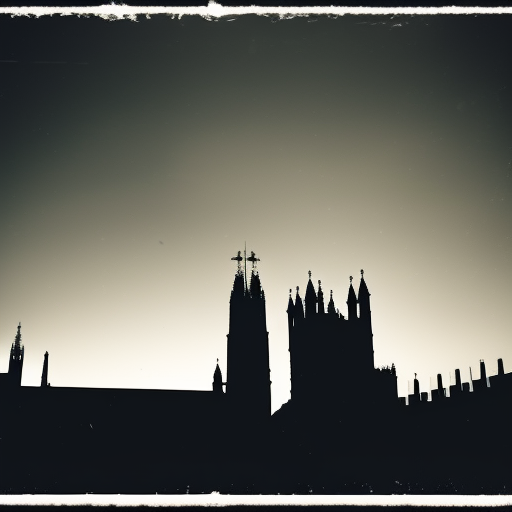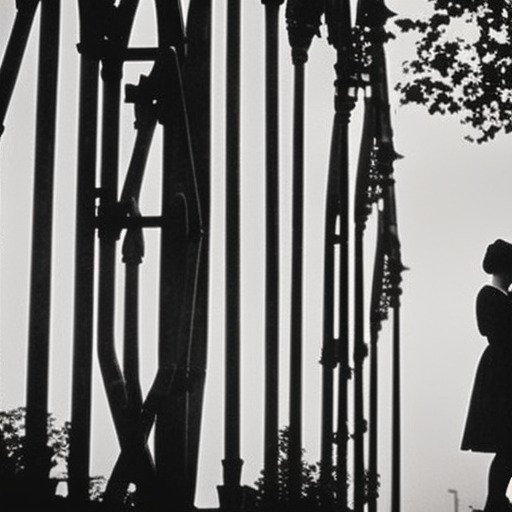The Georgian Era in England: A Summary
The Georgian Era in England refers to the period of British history spanning from 1714 to 1830, named after the four consecutive kings named George who ruled during this time. This era witnessed significant social, political, and cultural changes in England, including the rise of the British Empire, the Industrial Revolution, and the emergence of the middle class.
George I and George II: The Early Georgian Era
The Georgian Era began with the reign of George I, a German prince who ascended to the British throne in 1714. George I faced challenges to his authority, including the Jacobite Rebellion in 1715, but managed to maintain stability in the kingdom. His son, George II, succeeded him in 1727 and continued his father’s policies.
During the early Georgian Era, England experienced economic growth and political stability. The country’s trade and commerce expanded, leading to the accumulation of wealth among the merchant class. The Agricultural Revolution also transformed farming practices, increasing agricultural productivity and contributing to population growth.
George III: The American Revolution and Industrial Revolution
George III, who became king in 1760, is often associated with the American Revolution. The American colonies sought independence from British rule, leading to a protracted conflict that ended in the recognition of the United States as an independent nation in 1783. The loss of the American colonies was a significant blow to British prestige and marked a turning point in the Georgian Era.
The Georgian Era also witnessed the beginning of the Industrial Revolution, which transformed England into the world’s leading industrial power. Technological advancements, such as the steam engine and mechanized textile production, revolutionized manufacturing processes and led to urbanization. The growth of factories and cities resulted in the rise of the working class and increased social inequality.
Regency Period: George IV and the Rise of Romanticism
The Regency Period, from 1811 to 1820, was marked by the regency of George IV due to the mental illness of his father, George III. This period saw the emergence of Romanticism, a cultural and artistic movement that emphasized emotion, individualism, and nature. Romantic writers and poets, such as Lord Byron, Percy Bysshe Shelley, and John Keats, flourished during this time.
George IV and William IV: Political Reforms
George IV’s reign was characterized by political reforms, including the Catholic Emancipation Act of 1829, which granted civil rights to Catholics. His brother, William IV, succeeded him in 1830 and continued the process of political reform. The Reform Act of 1832 expanded voting rights and redistributed parliamentary seats, although it fell short of universal suffrage.
Legacy of the Georgian Era
The Georgian Era left a lasting impact on England and the world. The British Empire expanded during this time, with England becoming a dominant global power. The Industrial Revolution transformed the economy and society, paving the way for modern industrialization. The Georgian Era also witnessed the growth of the middle class and the emergence of new cultural movements, such as Romanticism.
In conclusion, the Georgian Era in England was a period of significant change and transformation. It saw the rise of the British Empire, the Industrial Revolution, and the emergence of new social and cultural movements. Despite the challenges and conflicts it faced, the Georgian Era laid the foundation for the modernization of England and its subsequent global influence.












